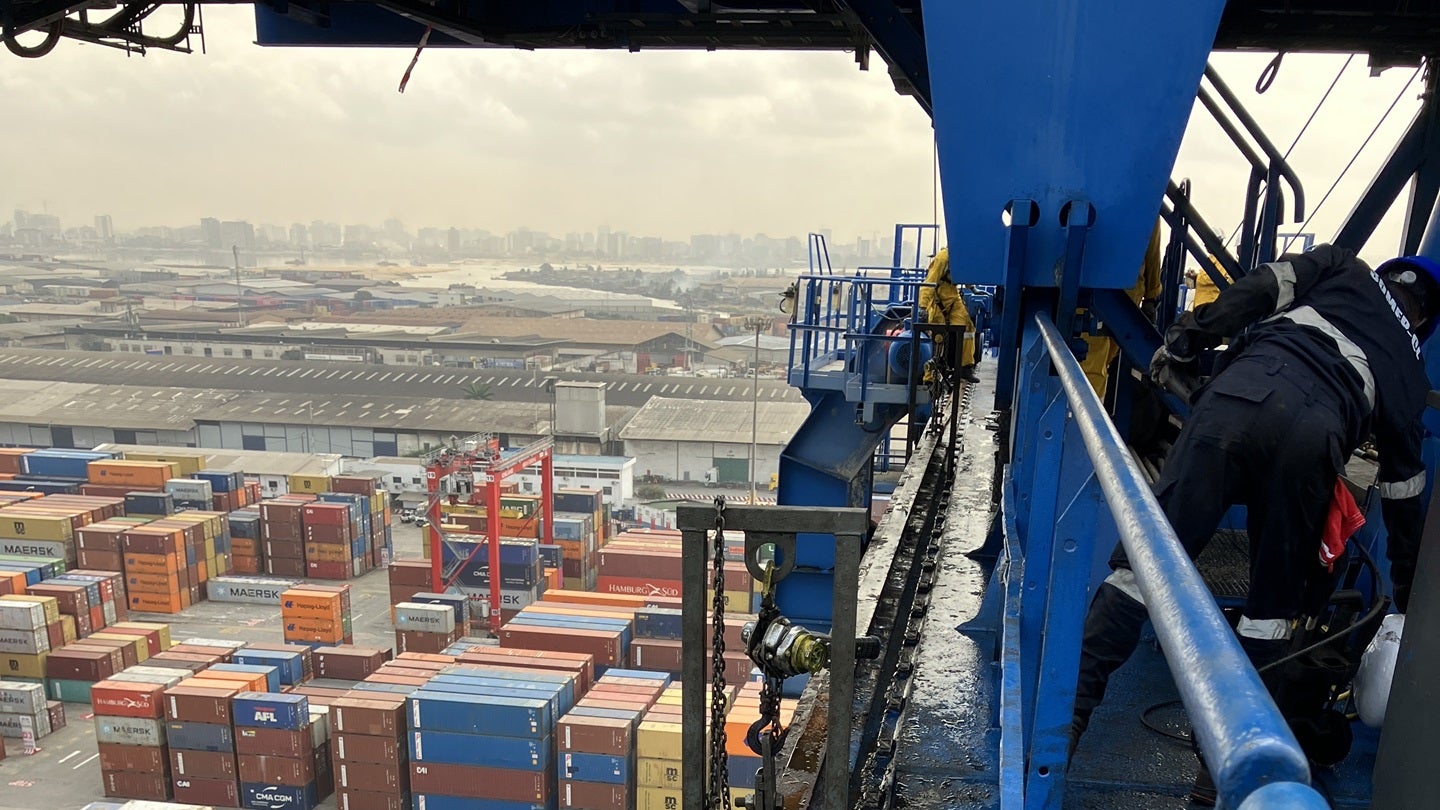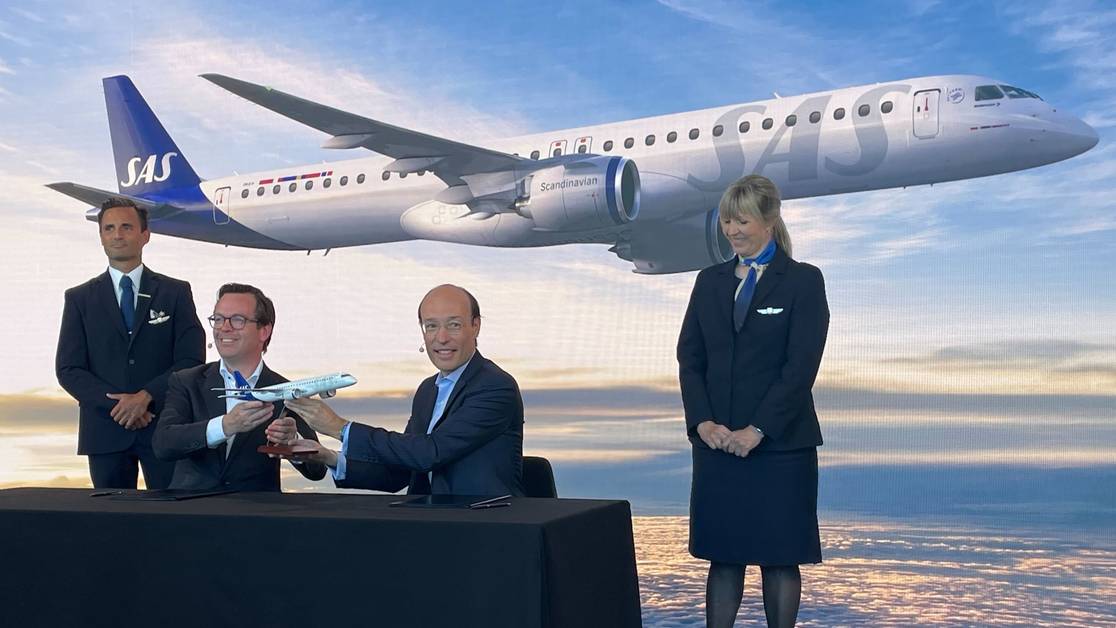Early Harvest and Market Pressures Weigh on Icelandic Salmon's Q1 Performance

Icelandic Salmon, the parent company of Arnarlax and its subsidiaries, reported a challenging first quarter in 2025, marked by biological challenges at sea and a weaker global market. The company took early action to protect animal welfare, resulting in the harvest of salmon at lower average weights. This decision, while necessary, led to reduced harvest volumes and increased mortality-related costs, significantly impacting the quarter's financial results.
Operating income for the quarter fell to EUR 10.4 million from EUR 27.5 million in the same period last year. Operational EBIT was negative EUR 3.0 million, compared to negative EUR 0.5 million in the prior year. The EBIT per kilogram also saw a decline, ending at negative EUR 2.68, adjusted to negative EUR 1.22 when accounting for mortality-related one-offs. Despite these setbacks, CEO Björn Hembre expressed confidence in the company's strategy to build biomass and anticipates a stronger performance in the second half of 2025.
The company harvested 1,100 tonnes of salmon in the first quarter, a significant decrease from 2,800 tonnes in the previous year. This reduction reflects the early harvest strategy and the company's focus on increasing biomass. Smolt operations, however, continued to perform well, with the Group on track to transfer a record-high number of smolt to sea in 2025. The alignment of harvest plant capacity with planned production underscores the company's strategic adjustments in response to current challenges.
Looking ahead, Icelandic Salmon is working closely with authorities to reinstate a license for 10,000 tonnes MAB of sterile salmon in Ísafjarðardjúp, a move that could bolster its operational capacity. The company remains committed to its integrated approach, controlling all parts of the value chain from egg to market delivery. With a presentation of the first quarter results scheduled, stakeholders are keenly awaiting further insights into the company's recovery plans and strategic direction.



